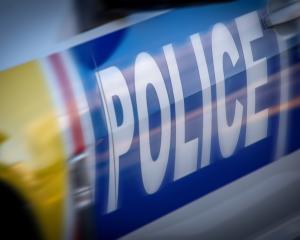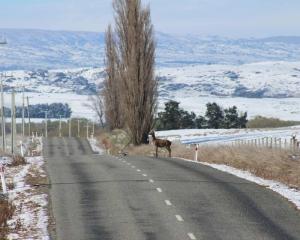Dunedin has strong claims to be considered New Zealand's native bird capital, after a recent national survey again highlighted many sightings of native birds in the city, organisers say.
The annual survey is supported by Landcare Research, the Ornithological Society and Forest and Bird.
Survey organiser Eric Spurr, of Rangiora, said the house sparrow and the native silvereye (also known as waxeye) were almost equally often reported in Dunedin and Otago gardens last year - an average 9.3 sightings for sparrows and 9.2 for silvereyes.
Nationally, an average sighting of 13 sparrows was reported during the survey, with silvereye second (5.5), and starling (2.5), blackbird (2.4) and myna (1.7) completing the top five.
In Otago, the starling (2.6 average sightings) and blackbird (2.1) also took third and fourth places, with the bellbird (1.6) fifth.
Of the cities, Dunedin clearly had more native birds, especially silvereye, bellbird, tui and kereru, than in most other urban areas in New Zealand, organisers said.
The annual survey has been running for five years. The next starts on June 30.
Survey participants are asked to watch and note birds in their garden for one hour sometime between June 30 and July 8.
Mr Spurr said a big decline in silvereye sightings was reported nationally last year, with their former No 1 position for frequency of sightings taken by house sparrows.
However, although fewer silvereyes were reported nationally, this may have meant they were simply eating elsewhere because of the mild winter.
Less snow and frost may have meant there was still plenty of natural food around in forested areas, so the birds had not been forced into domestic gardens in search of food, he said.
During the first four years of the survey (2007-10), counts of sparrows had increased markedly before declining slightly, on a national basis, last year.
The overall growth may have reflected a population recovery in response to an outbreak of salmonellosis in 2000.
However, the survey had not been running long enough to determine whether changes in the bird numbers counted were part of normal fluctuations, or reflected a long-term trend, he said.












